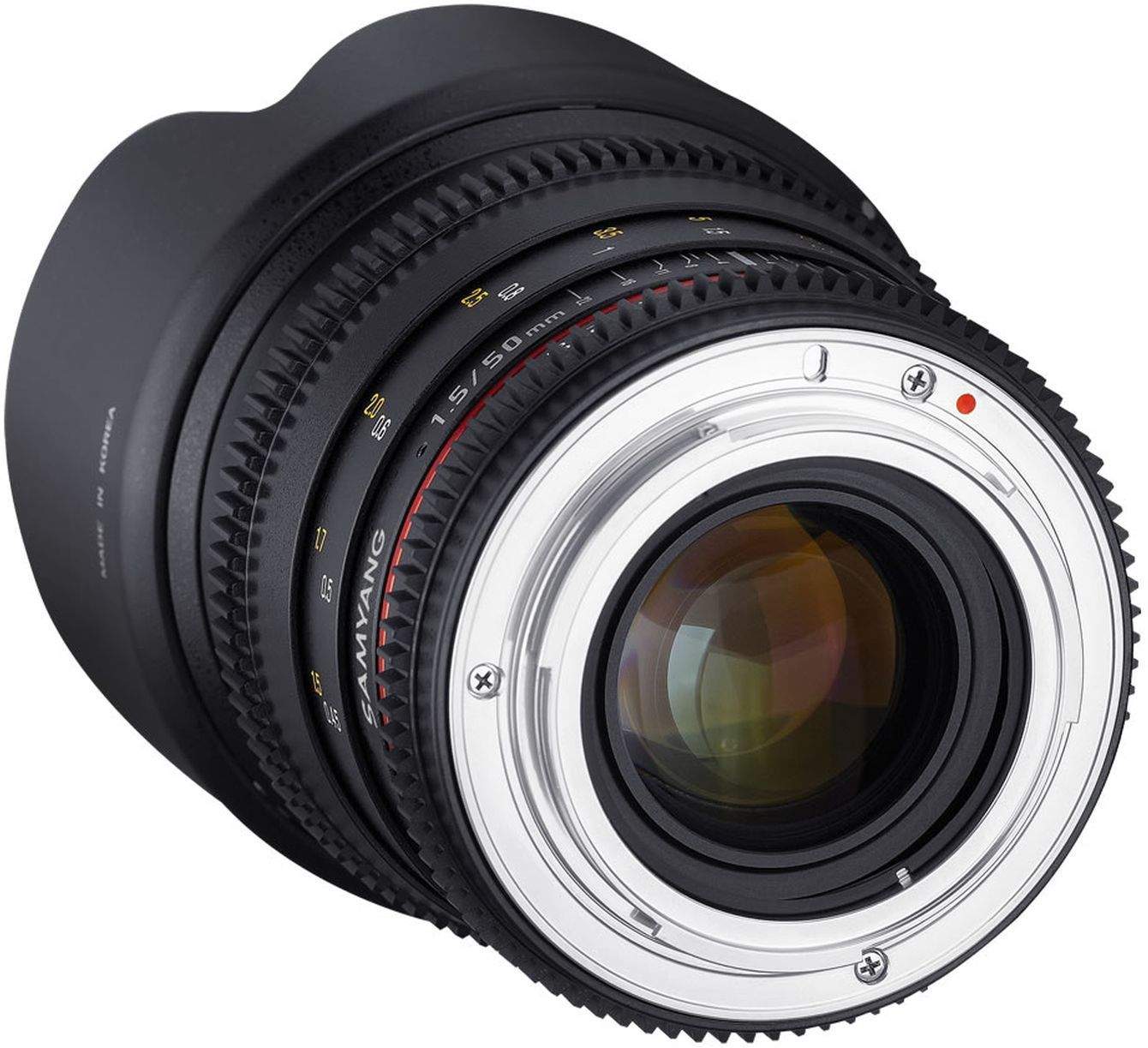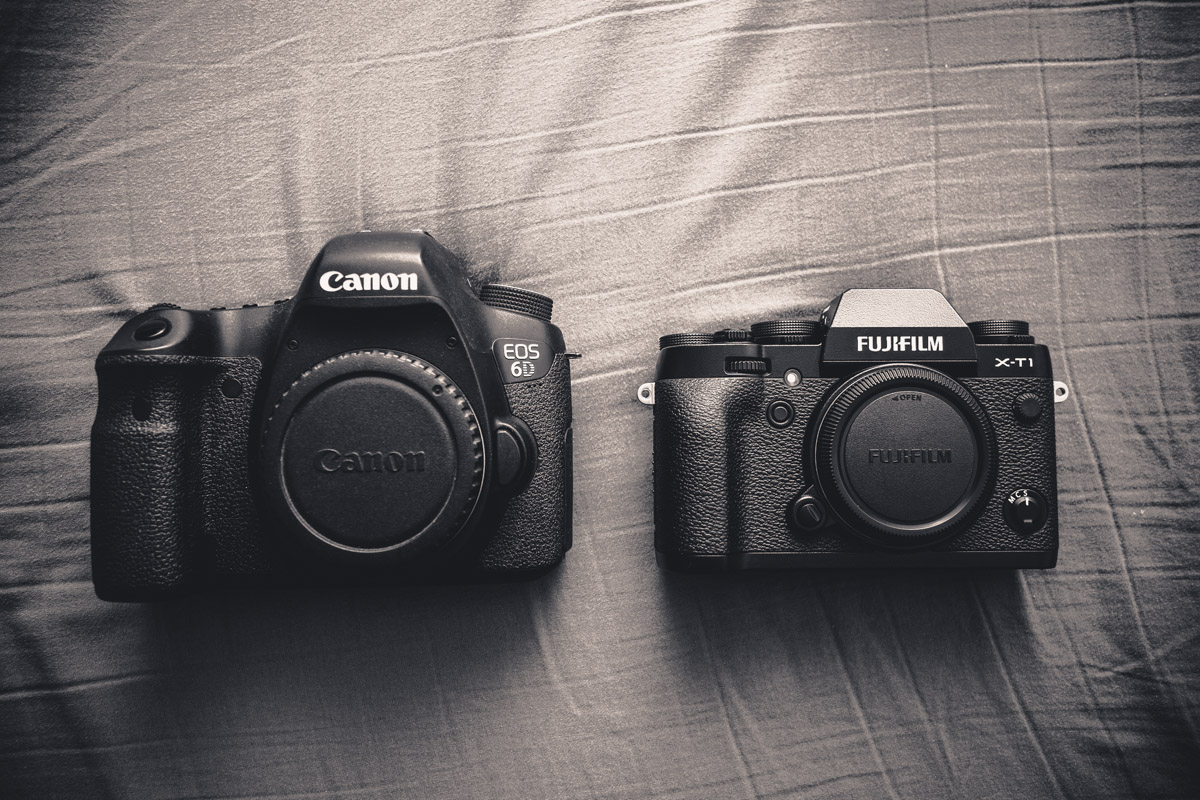
When I took five photos using the central AF point to focus on the model’s eye, five out of five were accurately focused.īut when I switched to one of the outer AF points, the success rate dropped to one or two accurately focused frames out of every five. I tested the camera’s AF points, using my 85mm lens set to f1.8 to shoot a portrait. It was the only one precise enough to use for focusing at apertures of f2.8 or wider. The camera has nine autofocus points in a diamond shape array, but only one of those, the central one, is a cross-type AF point. But it has limitations that frustrated me. It’s been around the world with me and I took many of my favorite photos with it. My EOS 5D Mark II was my main camera for many years. I believe that you should only think about updating your camera gear when you start to bump up against its limitations. This post is for those of you wondering why I switched from Canon to Fujifilm, especially if you’re thinking about moving to a mirrorless system yourself. I don’t want this to be another why I use mirrorless post, yet I know that there are readers interested in my experimentation with Fujifilm cameras. In 2015 I sold my Canon EOS cameras and lenses and made a permanent change to Fujifilm.
#FUJI FULL FRAME SERIES#
If you're looking for instant shots, you'll want to keep a Fujifilm Instax camera in your bag at all times.įujifilm X series cameras are built with different types of photographers in mind.Regular readers will know that I’ve been using Fujifilm cameras since late 2014. High video resolution is standard with all X series cameras, regardless of price.
#FUJI FULL FRAME PROFESSIONAL#
This is a huge advantage for professional photographers, such as wedding and wildlife photographers, who want to take quiet and undisturbed shots. In addition, with less moving parts, these Fuji cameras are much quieter. These cameras help keep camera carrying bags light and more comfortable for on-the-go shooting. The absence of the mirror and autofocus mechanisms makes X cameras lighter and more compact than traditional cameras, which is why they're especially effective for travel photographers. Why Are Fujifilm Mirrorless Cameras Better? If you enjoy taking photos in burst mode, then a mirrorless camera serves you better. DSLRs can only manage 14 images per second. This gives them the capability of taking more than 20 images per second.

Mirrorless X series cameras don't have this mechanical mirror system. It then reflects up into a pentaprism that transmits it to the optical viewfinder. With a DSLR, light enters the lens and hits a reflex mirror in front of a sensor. How Are Mirrorless Cameras Different From DSLRs? They're also compatible with Fujifilm dye sub printers to help you easily print out your photos. Even better, Fujifilm digital cameras come with built-in contrast and phase-detection sensors for quick autofocus.

They generally offer electronic viewfinders that let users see a preview of images on the screen. These Fujifilm cameras also have thinner bodies because they don't use mechanical mirrors to switch the scenes between the optical viewfinders and image sensors. This means that you can use different Fujifilm X Series lenses on these cameras. Unlike a traditional camera, a mirrorless camera doesn't feature a complex reflex mirror system, and it accepts a range of lenses. The X series isn't characterized by a single common lens format, sensor size, or technology rather, it emphasizes the control needed by the user.įujifilm X series cameras offer a range of options for all types of photography. This lineup consists of high-end cameras aimed at professional photographers and keen enthusiasts.

Fujifilm X cameras combine cutting-edge technology with traditional styling.


 0 kommentar(er)
0 kommentar(er)
